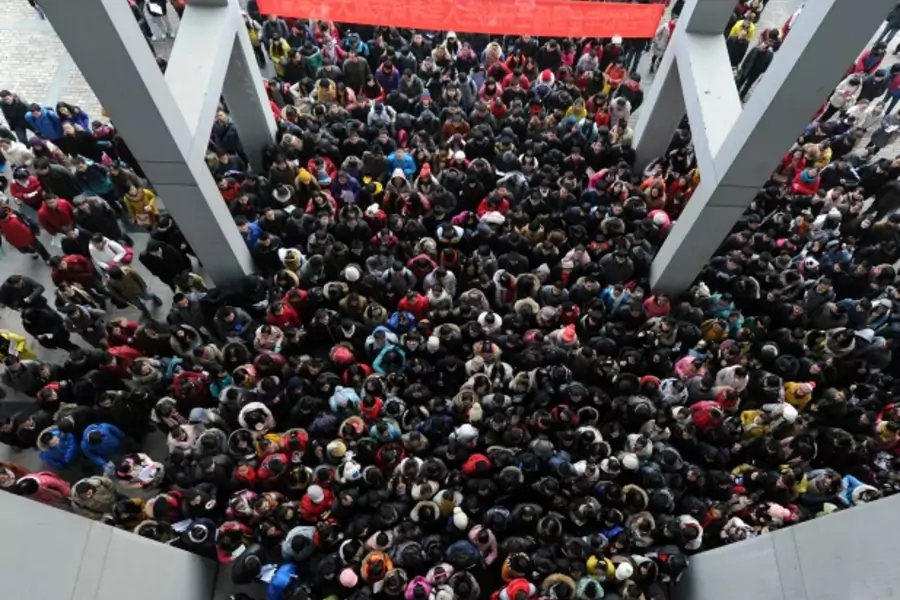"In Line Behind a Billion People": Fun, Fast, and Fact-filled

More on:
What do we still not know about China? A never-ending stream of books explores every issue, every relationship, and every period of Chinese history. Newspaper articles report breathlessly on the same topics year after year—until we can practically predict when the articles reporting that Chinese wind farms are taking over the world will segue into those decrying the almost near-criminal level of overcapacity in wind power. So when a new China book appears on the scene, it is worth asking what, if anything, it contributes to our overall state of knowledge of China? Damien Ma’s and William Adams’ In Line Behind a Billion People does what many books attempt but few successfully accomplish: provide an eminently readable, even entertaining, guide to what is going on in China today.
In fact, what the book does better than any other I have encountered is answer all those pesky questions that arise from the many disparate accounts and portraits painted of China today. For example, how is it that housing prices are rising through the roof at the same time as ghost cities are proliferating? The answer: no one wants to live in Ordos, but a lot of people want to live in Shanghai. What role does Confucianism play in China? Answer: no one inside the country really buys it as a paradigm for contemporary China, but Chinese officials are very much hoping that the rest of the world will.
Some of the examples and stories Ma and Adams use to illustrate their points will be familiar to China experts and readers who have a wealth of China-related resources at hand. However, the authors are able to frame issues in an interesting manner and do so in a way that helps the reader contextualize the vast amount of information we have amassed about the country. In discussing the debates that continue to surround the future of the China, they give fair hearing to all sides, but are clearly in the camp that believes that all will not be smooth sailing for Beijing. Reforms are needed—that is clear from the relentless press of problems the book so clearly documents—and in any permutation of ordering and timing of reform, challenges await. Ma and Adams don’t answer the eternal question with which they conclude the book: what kind of power will China be? However, they provide a very valuable service in setting out some of the critical signposts that will help guide us in thinking through this question over the next five to ten years.
More on:
 Online Store
Online Store